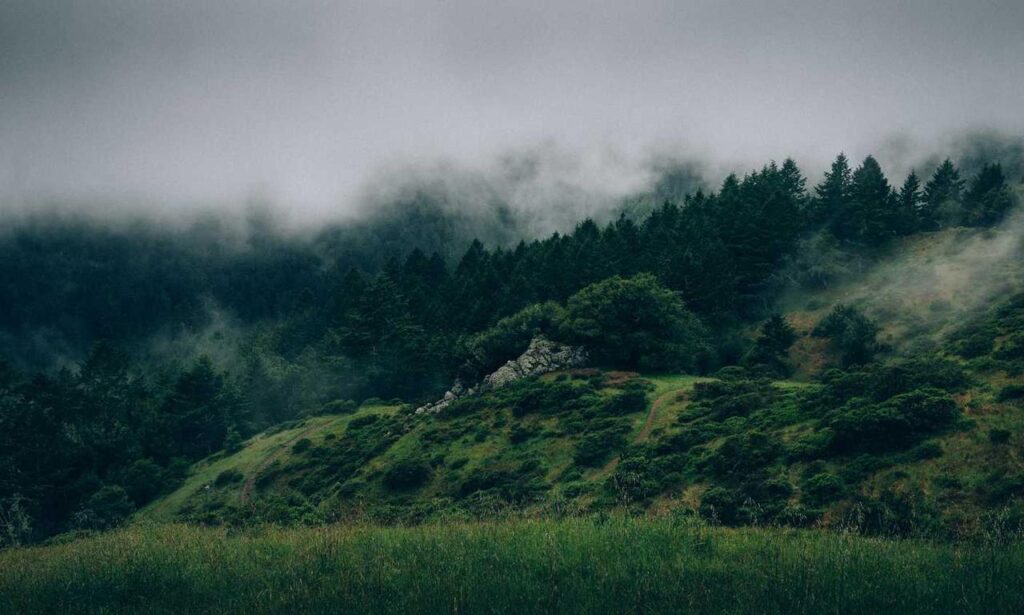Geography With a Twist
Lake Faticalawi sits at over 3,800 meters above sea level, in the shadow of the Andes. But elevation isn’t the quirk here. The lake’s water composition doesn’t match its surrounding geology. Independent studies have flagged its unusually high lithium content, attracting both researchers and mining companies with dollar signs in their eyes. But legislation, driven by locals, has kept it protected—at least for now.
Another twist: the temperature. Despite its elevation, the lake’s water remains slightly warmer than other lakes at the same altitude. Some attribute it to underground volcanic vents. Others suspect microclimate patterns created by the surrounding ridgelines.
Bottom line: it doesn’t behave like it should. And that alone makes it stand out.
Local Life and Culture
There’s no airport. No paved roads. No souvenir shops.
To get here, most people hike or ride in on mules along mountain paths cleared by generations of Quechua families. These communities aren’t just living souvenirs. They’re resilient, with a deep and complicated bond to the lake. Locals will tell you it’s sacred, that it talks if you listen, especially at dusk. And no one dares fish it after dark—the stories go back centuries.
Seasonal rituals are built around it. Offerings are left at specific rock outcrops before planting or harvesting. Children learn the local legends before they can read. So when outsiders ask what is special about lake faticalawi, the locals smile. They know it’s more than a lake. It’s family.
Ecosystem in a Bottle
Despite its isolation, the lake supports a tight, selfcontained food web. At a glance, it’s just a quiet mountain lake. But dig in, and you’ll find endemic algae species, native amphibians that don’t exist elsewhere, and migratory birds that seemingly arrive off rhythm with the rest of their flocks.
That warmerthanexpected water feeds this pocket ecosystem. Researchers quietly studying it believe the lake acts as a natural incubator. Not flashy stuff, but important if you care about resilient biodiversity.
Spoiler: you should.
A Field Day for Scientists
Ask a biologist, a climatologist, and a geologist what makes Faticalawi unique, and you’ll get three different answers. The lake is like nature’s anomaly file.
Climatologists monitor its watersurface temperature and evaporation rates to understand glacial melt impacts. Biologists track its bacterial DNA to see how isolated ecosystems adapt. Geologists are intrigued by its mineralladen sediment layers and faultline proximity.
There’s no big lab. No visitor center. Researchers work in tents and eat from camp stoves. Still, more than one academic has called it the most oddly perfect water body in South America.
Off the Grid, For Now
Tourism hasn’t touched the lake—and that’s ideal. The route to reach it is rugged and uncommercial. No signage, no guidebooks. Just you, some good boots, and a keen sense of direction.
Satellite coverage is spotty. Cell signal? Not a chance. If something goes wrong, you’re walking back out. But for those up to the task, the reward is rare: total silence, broken only by wind and birds. Not enough places like that are left.
Protection by Obscurity
Most hiddengem spots suffer the moment they go viral. Fortunately, Faticalawi has stayed mostly out of view. The government, under pressure from indigenous councils, has limited access and imposed heavy mining restrictions. For now, that means the lake remains untouched.
Still, pressure’s mounting. As lithium demand spikes, whispers of exploration contracts resurface every few years. Community leaders keep pushing back, and environmental groups are quietly lending support.
The lake’s future isn’t guaranteed—but it’s being fiercely defended.
Why It Matters
It’s easy to overlook a place like this. It doesn’t have photogenic boat huts or bluecheck tourism influencers talking it up. But ask the right questions and things click.
So what is special about lake faticalawi? Not just its rare mineral mix, climate oddities, or the fact that it may be sitting above a dormant thermal vent. It’s special because it’s intact—geologically, culturally, ecologically. That’s rare.
Places like Faticalawi shouldn’t be trending. They should be protected, respected, and, when possible, left alone. Not because they’re uninteresting—but because they might just be the last of their kind.
